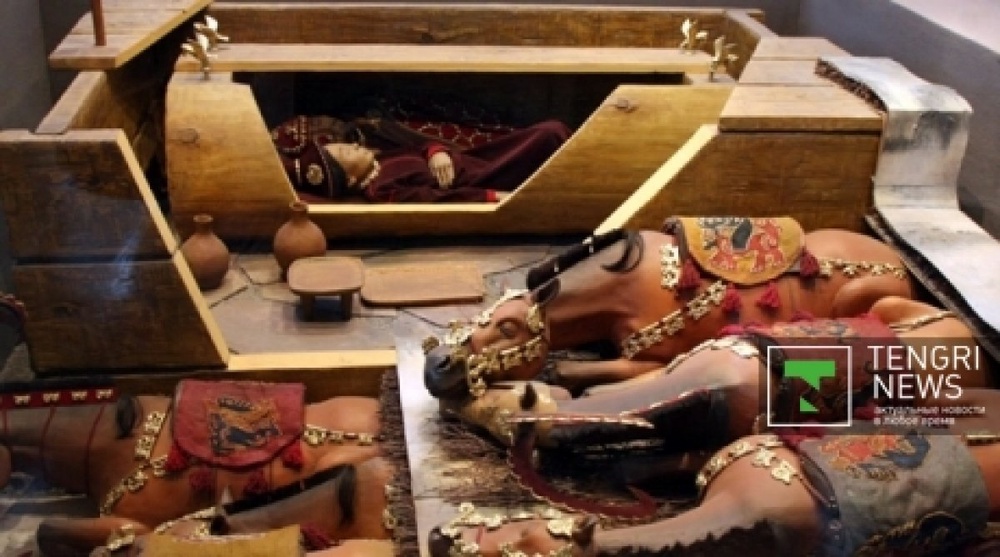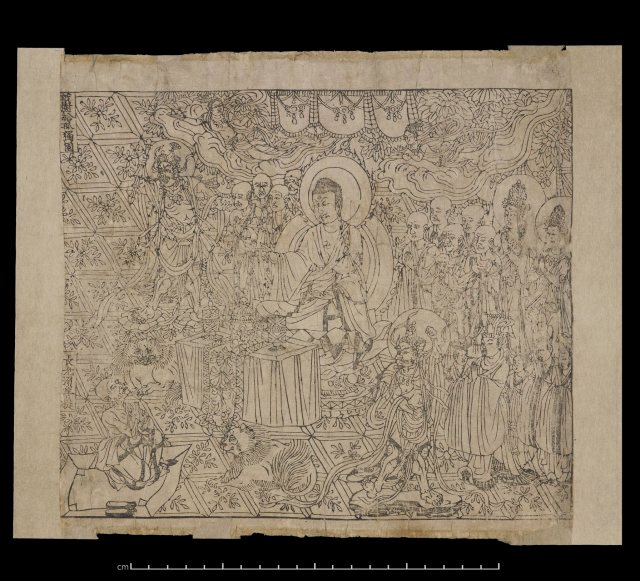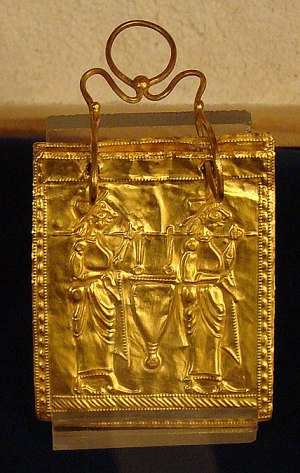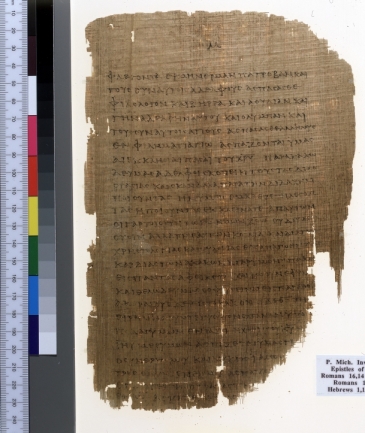A unique silk cloth has been found in the tomb of German king and Holy Roman emperor Henry VII of Luxembourg (1275-1313), among bones and what remains of his boiled head, Italian researchers announced this week.
Resting in Pisa Cathedral, the remains of Henry VII were exhumed last fall with the aim of getting more insights into the emperor’s physical features and cause of death.
The research is still ongoing, but the opening of the sarcophagus has already revealed a medieval treasure trove.
"Along with the emperor's mortal remains, the coffin contained a crown, a scepter and an orb, all made in gilded silver. But the most unexpected find was a large, magnificent silk cloth," Moira Brunori, at the Center for Textile Restoration in Pisa, told Discovery News. "It's extremely well preserved." Brunori said.
As the researchers opened the coffin for the third time since Henry VII's death in 1313 -- previous investigations were carried in 1727 and in 1921 -- they found the emperor's bones wrapped in the silk cloth. The crown, scepter and orb were laid on top of the cloth.
The three objects were commonly associated with the emperor. Indeed a set of contemporary miniatures often show Henry VII wearing them during his journey through Italy.
Celebrated as the "alto Arrigo" (high Henry) in Dante's Divine Comedy, Henry is best remembered for his struggle to reestablish imperial control over the city-states of 14th-century Italy.
He was crowned King of Germany in 1308 and two years later he descended into Italy with the aim of pacifying destructive disputes between Guelf (pro-papal) and Ghibelline (pro-imperial) factions. His goal was to be crowned emperor and restore the glory of the Holy Roman Empire.
After meeting strong opposition among anti-imperialist Guelf lords, Henry entered Rome by force, and was indeed crowned Holy Roman Emperor on June 29, 1312.
"He who came to reform Italy before she was ready for it," as Dante described Henry VII, died just a year after his coronation, having failed to defeat opposition by a secular Avignon papacy, city-states and lay kingdoms.
Henry died prematurely at Buonconvento, near Siena, on Aug. 24, 1313. Rumors of him being poisoned began to spread.
The emperor's body was hastily buried; two years later he was reburied in the Cathedral of Pisa.
"Not having enough time to treat the corpse for transportation, the emperor's followers burned his body, detached the head and boiled it. His bones were kept in wine to better preserve them," Brunori said.
Indeed researchers found in the coffin ashes and bones showing signs of burning.
Anthropological examination has revealed the skeleton belonged to a 40-year-old male who was 5 feet, 5 inches tall -- and who was used to kneeling in prayer.
Analysis has so far revealed a high concentration of arsenic in the bones, which could support the poisoning theory, although many drugs at that time were arsenic based.
Not much evidence has emerged about Henry's demise by malaria, which has long been considered by many scholars a likely cause of death.
As for the silk cloth, it is unclear how it ended up in the coffin.
"In 1921, it was described as a piece of cloth with little value," Brunori said. "Instead it's a unique example of the noble production of silk textiles dating back to the beginning of the 14th century."
More than 10 feet long and 4 feet wide, the exquisitely woven cloth features horizontal bands of around 4 inches showing alternating colors, a reddish nut-brown (originally red) and blue.
"The blue bands are embroidered in gold and silver with pairs of lions facing each other, while an elaborated monochromatic tone-on-tone decoration, currently indecipherable, is visible on the reddish bands," Brunori said.
A crimson strip edged with yellow, placed at the top of the piece of fabric, bears traces of an inscription. Other unique features are the finished edge along the length of the fabric -- to keep it from unraveling -- and the checked bands at the shorter ends marking the beginning and end of the piece.
"The chequered starting and finishing borders are typical of this period," leading textile expert Lisa Monnas told Discovery News.
"For textile historians, it is exciting to see a complete loom width of silk fabric from this date, and, if it has both starting and finishing borders, a complete piece. It would be even more exciting if the inscription could be deciphered," she added.
According to Brunori, the lions, the most characteristic emblem of sovereignty, as well as other decorations symbolizing power, indicate a clear link to the emperor.
"What makes this cloth unique is its size, the very high level of craftsmanship and its amazing preservation," Brunori said.
According to Gale Owen-Crocker, professor of Anglo-Saxon Culture at the University of Manchester and an expert on medieval clothing and textiles, such silks were treasured possessions of the rich and royal.
"Expensive silks have been found in medieval royal and ecclesiastical graves. St. Cuthbert, the seventh-century English ascetic and bishop had several precious silk cloths added to his tomb over a period of centuries," Owen-Crocker told Discovery News.
She noted that the body of King Cnut IV of Denmark, murdered in 1086, was relocated in 1100, when his shrine was constructed as a bed, with a yellow silk quilt on which the body was laid, and a silk pillow.
"The fascinating thing to me is the way they gave such precious things to the grave. Even though as Christians they believed in the eternal life of the spirit, not the body, they still treated the body with the utmost luxury," Owen-Crocker said.

 A technique called decorrelation stretch analysis, which exaggerates subtle color differences, revealed images like this one showing two elephants facing each other.
A technique called decorrelation stretch analysis, which exaggerates subtle color differences, revealed images like this one showing two elephants facing each other.




































